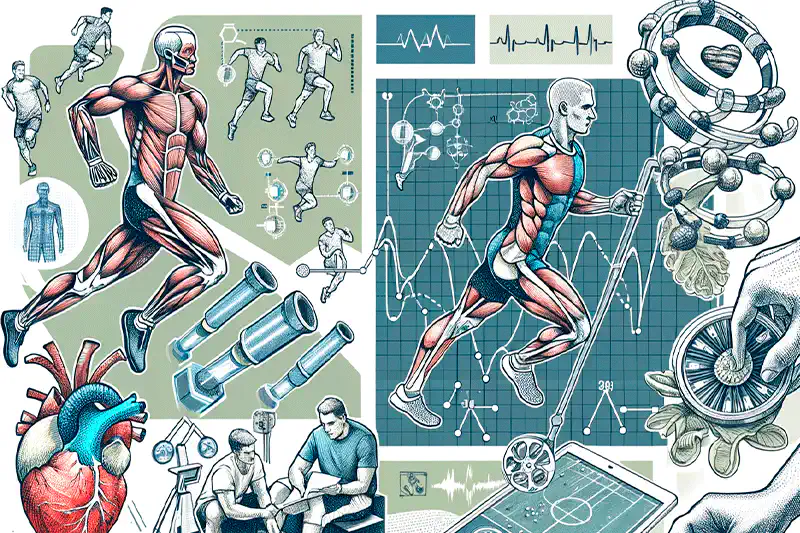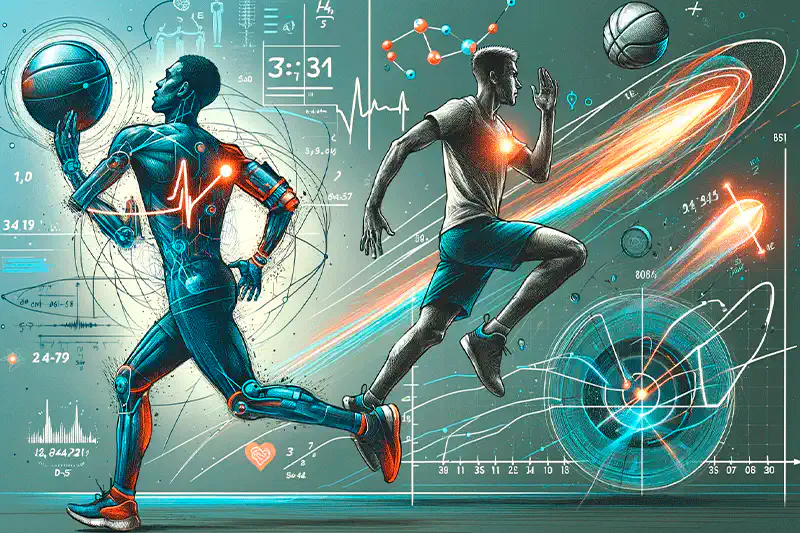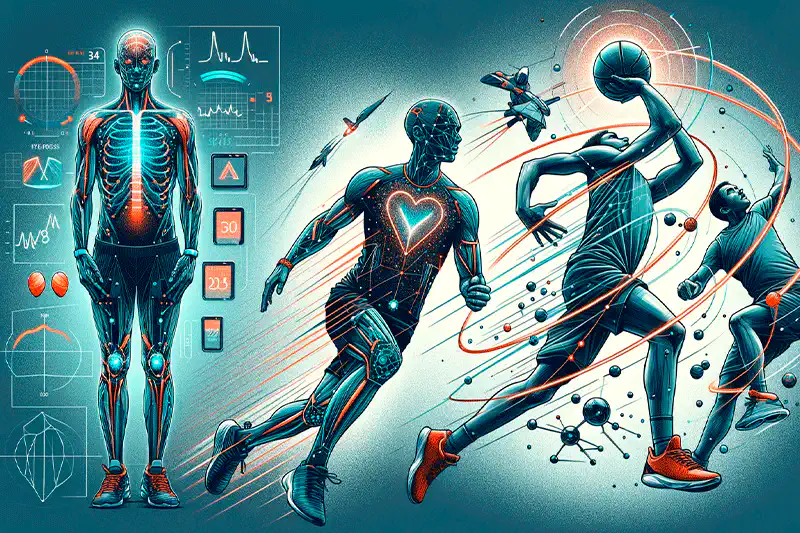In the confluence of medicine, science, and sports/exercise, there exists a dynamic and ever-evolving field dedicated to understanding, improving, and maximizing human physical performance and health. The importance of this integration cannot be overstated, as it not only propels athletes to their peak potentials but also offers insights into the maintenance and enhancement of health for the general population. This article delves into the interconnectivity of these disciplines, exploring their roles in sports and exercise, the groundbreaking research that shapes them, and the future directions that promise to further revolutionize both athletic performance and public health.
Medicine and science in sports and exercise
The application of medical science in sports and exercise has become a cornerstone for understanding and enhancing athletic performance. Medical science offers profound insights into the human body’s capabilities, limitations, and the mechanisms of injury and recovery. This knowledge is crucial for injury prevention and rehabilitation, providing athletes with the care needed to maintain their physical well-being and to recover effectively from injuries. Moreover, technology plays a pivotal role in this realm, offering innovative tools for monitoring health and performance, including wearables and data analytics, which have become indispensable in the modern athlete’s training regimen.

Groundbreaking research in sports medicine continuously reshapes our understanding and approach to athlete care and training methods. Studies exploring the efficacy of various training regimens, recovery processes, and injury prevention tactics have led to more personalized and effective care protocols for athletes, significantly impacting their performance and career longevity.
The role of science in sports
The integration of science into sports extends beyond medical applications, encompassing various disciplines such as biomechanics, physiology, and psychology. Each of these scientific fields contributes uniquely to understanding and enhancing sports performance. Biomechanics, for instance, analyzes the movements and actions of athletes, leading to improved techniques and injury reduction. Physiology examines the body’s responses to exercise, informing training methods that optimize physical output and recovery. Meanwhile, sports psychology focuses on the mental aspects of performance, addressing the motivation, resilience, and mental health of athletes.
Additionally, science drives the innovation behind sports equipment and wearables, making them more effective and safer. This includes everything from the design of running shoes that reduce impact forces to wearable devices that track physiological metrics in real-time. The science of nutrition and supplementation also plays a critical role, offering strategies that fuel the body for peak performance and recovery.
Exercise and sports science: a comprehensive approach
Exercise science employs principles from physiology, anatomy, and biomechanics to improve outcomes for all individuals engaging in physical activity, not just elite athletes. This field is pivotal in designing effective training programs that maximize health benefits and performance while minimizing the risk of injury. Moreover, exercise science plays a crucial role in public health initiatives, aiming to increase physical activity levels across populations and reduce the prevalence of lifestyle-related diseases.
The impact of exercise science research extends into physical education, where findings inform curriculum development and teaching methodologies, fostering a more physically active and health-conscious generation.

Integrating sports and exercise science for optimal performance
The synergy between sports and exercise science and the application of their knowledge in athletic training and physical education herald a new era of informed and effective practices. Interdisciplinary collaboration among scientists, medical professionals, coaches, and educators is paramount in pushing the boundaries of research and its practical applications. This collaborative approach ensures that findings from the lab translate into tangible benefits in real-world settings, enhancing both athletic performance and the physical well-being of the broader community.
Future Directions for Sports and Exercise Science Research
As we look to the future, sports and exercise science research holds the promise of further groundbreaking discoveries and innovations. With advancements in technology and a deeper understanding of the human body, the potential for new training methods, injury prevention techniques, and health promotion strategies is boundless. These developments not only signify improvements in athletic performance but also in public health, with exercise science at the forefront of combating lifestyle-related diseases and enhancing quality of life for people worldwide.

Conclusion
The integration of medicine, science, and sports/exercise represents a multidisciplinary approach to understanding human physical potential and health. Through ongoing research and the application of scientific principles, this field continues to evolve, offering new insights and innovations that benefit athletes and the general population alike. The 2024 Paris Olympics and Paralympics exemplify these principles and celebrate the convergence of science, innovation, and human spirit. As we move forward, the continued collaboration across disciplines and the application of these findings in real-world settings will undoubtedly lead to healthier, more active communities and the realization of human performance at its absolute best.